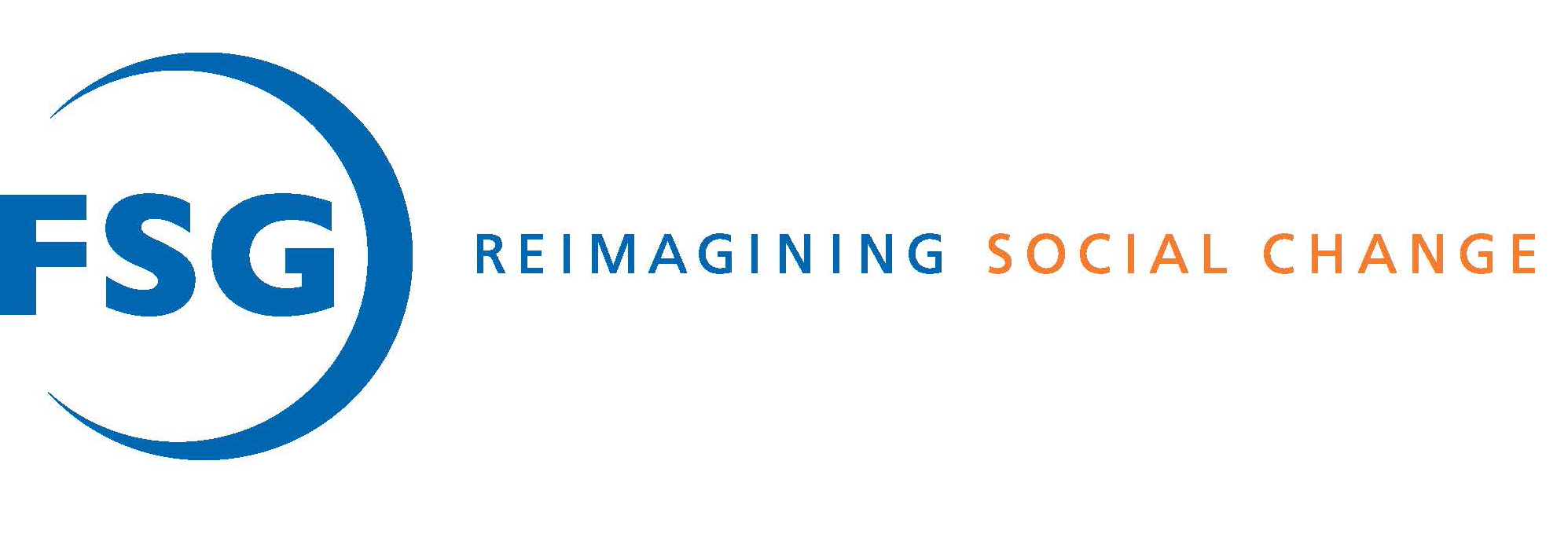Three Ways Funders Can Be Co-Strategists
Three Ways Funders Can Be Co-Strategists
Last week, a few of my colleagues and I had the pleasure of attending Change Philanthropy’s Unity Summit, a biennial gathering that now brings together more than 1,000 Philanthrofolk—philanthropic equity activists and allies—from across the country. Change Philanthropy, in partnership with its coalition partners, is transforming philanthropy from within by building knowledge, fostering diversity, and creating connections through advocacy with an intersectional approach.
Over the course of three days, we heard from community organizers, activists and a variety of other change agents about their tireless work to create the world we all deserve to live in. They shared inspiring stories and innovative models to both build and bridge power with the communities we seek to support. Throughout the convening, we also heard these dynamic leaders lament about the many ways philanthropy often undermines theses building and bridging moments. From setting theories of change disconnected from community-led priorities to forcing organizations to adopt ill-fitting, yet “evidence-based” approaches to receive funding, their stories highlighted the inherent power dynamics and other norms of philanthropy that continue to limit the equitable systems change we seek.
The common request from almost every social change agent on the stage was simple: don’t just fund our work, but join us co-strategists. As strategy consultants, we at FSG know the many forms co-strategists can take, so what more succinctly were these change leaders asking for? In addition to providing multi-year, general operating supports to community-led organizations, below are three explicit opportunities we all have to serve as co-strategists:
- Seize small moments – The Fund for an Inclusive California shared how they now accept previously submitted proposals to other funders from prospective grantees. They also allow their annual convening that brings together grantees for learning and sharing to replace each grantee’s annual report. A co-strategist acknowledges the elements of processes and systems within their control that hold inequities in place, and while large-scale change takes time, the co-strategist seizes small moments along the way to reduce barriers and disrupt the status quo.

